How to Walk In Attic With Blown Insulation?
Learn how you should walk in an attic if it has blown-in insulation
Insulation in the attic is not anything unusual. It helps you keep the attic dry, thus protecting the rest of the home from random leaks and other issues.
And despite the popular demand for fiberglass batt insulation or rolls of fiberglass, blow-in insulations are the emerging trend. This type of insulation is getting so popular simply because of one reason: an increased delta in the R-value.
However, while blown-in insulation is becoming more of a commodity, there is a rising problem that comes with it.
How to walk in an attic that has blown insulation? In this article, you will find the answer.
We will tell you more about walking in an attic with blown insulation, providing you with a step-by-step guide on how to do it correctly.
Also, you are going to find out what blown insulation is. It will help you better understand the specifics of this kind of insulation and certain nuances of its use. In addition, we will tell you about the advantages and weak sides this type of insulation has.
With all that in mind, you will be able to figure out whether you need this type of insulation (if you haven’t applied insulation in your attic) and, if you already have it, you will learn how to walk around your attic in this case.
How to Walk in an Attic With Blown Insulation?
Blown insulation is a tricky material, and this is why: it must remain intact as one deep, undisturbed layer. If you start walking in an attic with blown insulation, it can disturb your protection.
Each step you take displaces vital materials, as s result, the insulation will not be able to work properly, which could leave you shivering when winter comes.

housekeepingbay.com
This is why, if you still must get up into your attic, we suggest you create a plan in advance and follow it carefully. We can recommend you try the following steps:
- Identify where you must go. Look around your attic before you get up there and set foot on the ground. What path will it be best for you to take?
- Choose strong joists. Any attic has plenty of cross-pieces, so make sure you choose the boards that follow your path!
- Grab planks. If you walk on the joists, they could make you stumble. Besides, your foot could go crashing through the ceiling, leaving you with a huge mess to clean up. Balance boards over the joists instead.
- Inspect your work. As you walk back to your starting position, look down. If you have disturbed the insulation, push it back into position.
If you are hiring contractors to help you with the work, always make sure they know how to walk in an attic with blown insulation! For that purpose, you may want to tell them in advance that you have this type of insulation. Like that, if your contractors are not familiar with it, they might be able to tell you that in advance. It will help you avoid the unnecessary stress and possible mess that they might cause.
And of course, if the team of contractors you are about to hire is not prepared to follow the steps we have outlined above, that means you might need to keep looking for help!
Anyway, it is better to spend some more time searching rather than let them walk on your attic and damage the insulation there.
Now that you know what factors should be taken into consideration before you walk in an attic with blown-in insulation, we suggest you find out what this type of insulation actually is.

vicnt2815 via VistaCreate
Table of Contents
What Is Blown-In Insulation?
In the United States, about 20 percent of homes built in 2019 came with blown-in insulation.
When this insulation is installed, contractors drill small holes in exterior walls, and then they use a pump to push tiny particles of insulation into spaces within your home. That same device can push insulation into a thick layer within your attic.
This type of insulation works as a radiant barrier and helps increase the energy efficiency of your home. However, blown-in insulation has one drawback that many homeowners find pretty serious. See, this type of insulation must remain undisturbed and intact.
If you walk in an attic that has blown-in insulation, you can unintentionally disturb your protection!
Blown-In Insulation: The Advantages
Although some homeowners find blown-in insulation somewhat tricky and challenging to use, it has got a few good perks that make it very appealing for people anyway.
But, before we start listing all the benefits it has, let’s dive deeper into some background information, of course.
First of all, cellulose blown-in insulation is on the top for attic insulation. It is a combination of woody constituents like cardboard, newspapers, etc. Before application, it is processed by using various resistive substances (e.g., boric acid).
The rest of the process is also quite interesting. First, contractors get completely processed cellulose into bags.
Then, with the help of a mechanical blower, it is spread onto the surface in the attic. In fact, it is almost like putting creamy foam over a cake!
So what benefits does this type of insulation have that make people install it no matter what?
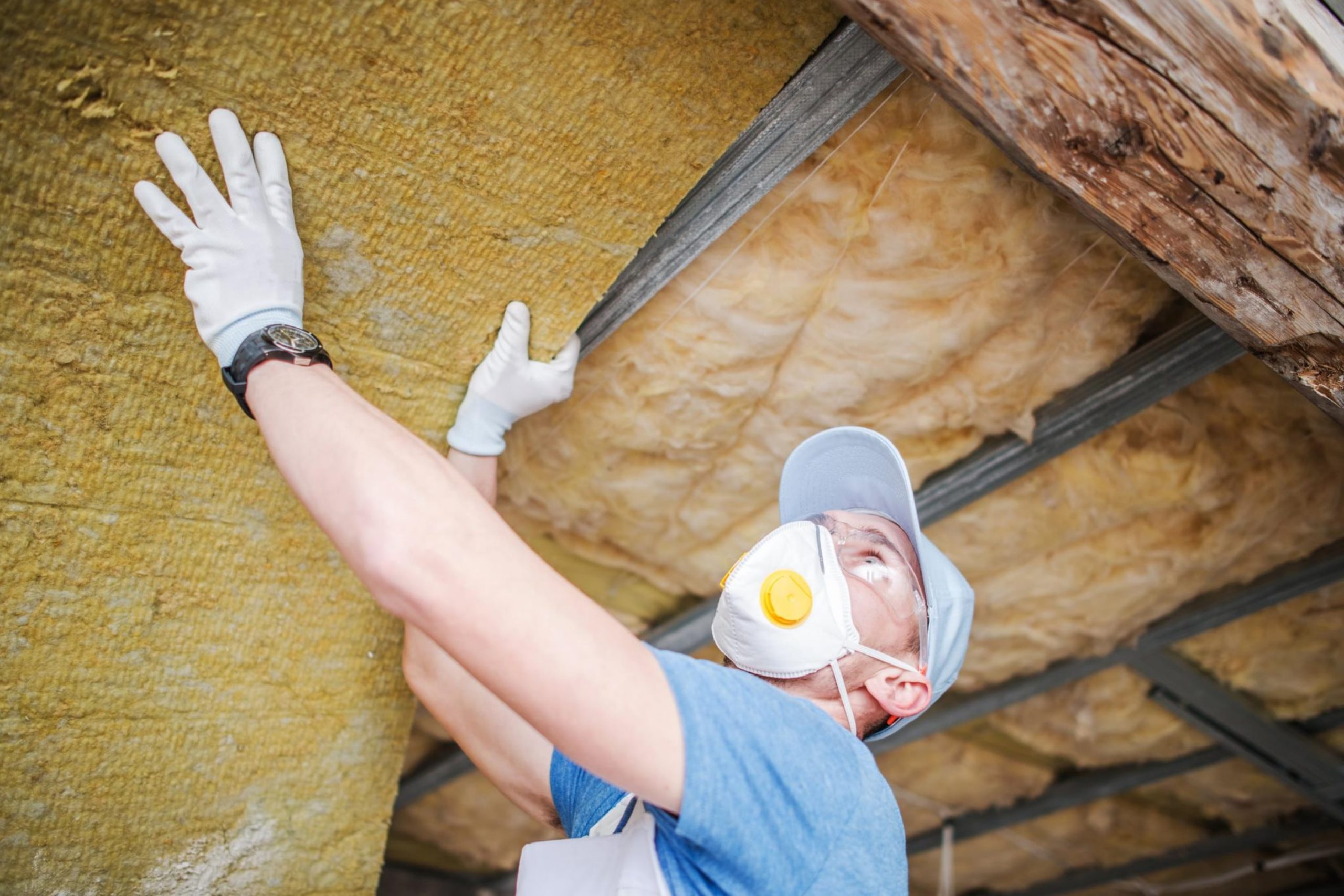
welcomia via VistaCreate
It Is Cost-Friendly
Why choose cellulose insulation instead of fiberglass one? Cellulose is way cheaper in contrast to blown fiberglass. If you are going to get cellulose insulation for your home, you are pretty much looking at a 600 to 800 dollar investment.

housekeepingbay.com
Now compare it to 1500+ dollars of investment in fiberglass (that is the approximate price for a 1000-square feet space).
Easy Installation With Proper Insulation
If you are a fan of DIY home renovation projects, then you will be pretty happy with the blown-in insulation.
It doesn’t only offer solid insulation material (the R-value can go up to 3.8, which is around 3.6 for fiberglass), in addition, the self-installation efforts are feasible as well.
However, despite such benefits, blown-in insulation does have certain drawbacks as well. We recommend you take them into account as well since it may help you better understand whether this type of insulation suits you well.
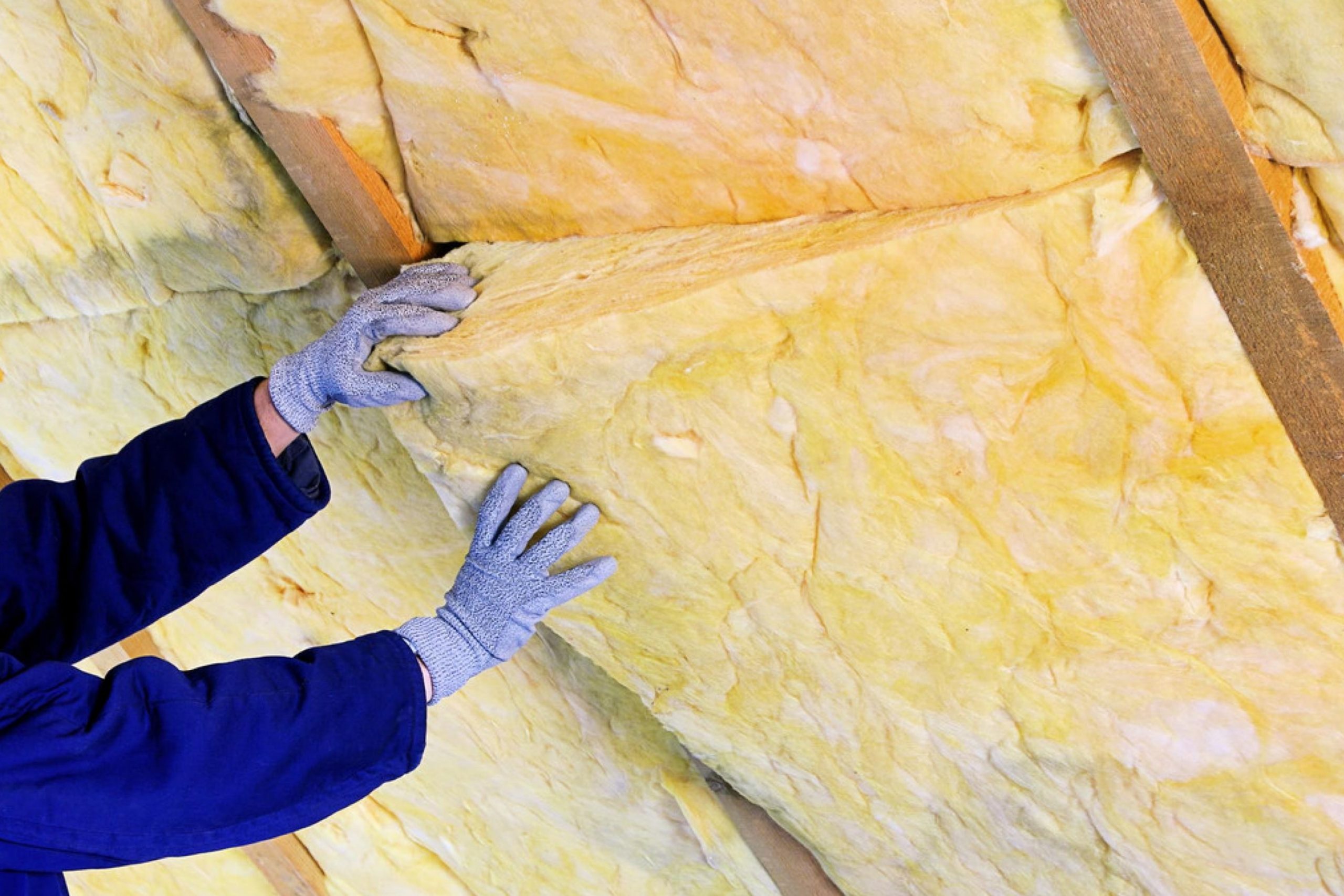
Kassandra2 via VistaCreate
Blown-In Insulation: The Drawbacks
There are certain disadvantages to having cellulose insulation in your home. You should take them into consideration before you hire contractors and start applying this insulation.
Like this, you will save money and time and will be able to decide whether you need this particular type of insulation for your home.
It Will Not Dry Easily
One of the problems that people face when dealing with this type of insulation is that it doesn’t dry easily. And that is a very extensive problem if you are living in a cold and mushy weather condition! The longer it takes to dry, the more your problems will magnify.

jerryjoz via VistaCreate
Mold Will Most Likely Appear
Unfortunately, mold is an inevitable issue that comes along with loose-fill insulation. Despite all the processing it goes through, you will probably find yourself paying a contractor to haul out tubs of mold from the attic.
The sight isn’t very pleasing. Nor is the investment.
Heat May Also Be a Concern
Only when the insulation is around light fixture canisters, the heat can be a danger. In reality, blown-in home insulation can handle a good amount of heat flow and air leakage. Still, the canisters can be the source of high to extreme levels of heat. And this can be a concerning factor.
I Need to Clean Up Insulation In My Attic. How Do I Walk There?
This is quite a common problem for those who have had blown-in insulation and now they need to do some cleanup in their attic, but they are not sure how they should walk around it.
Doing this may take you some extra effort of course, but in general, the task is pretty simple. You can opt for one of the two approaches:
- You can sweep the insulation from the joists
- You can do it by laying down walking boards
Below you can check out how each of these methods works exactly.
Sweep the Insulation From the Joists
This is the easy way to do it. First of all, you will need to find suitable boards that you can easily walk on. Just make sure they are straight and don’t wiggle around too much on the plain.

Once you have found such boards, just go to the attic and remove the insulation carefully from the joists. Try to do a clean job here as well, as it may get messy with the overall heat insulation performance.

housekeepingbay.com
After you have finished that task, carefully place the insulation back to where it was. So, to sum up, the whole thing will be like this:
- Find a suitable work board that is stable
- Remove the insulation with the rigid foam board in the attic
- Get the insulation back to where it was after you have completed the job
You could also use a fixed-handle shovel to remove the insulation. There shouldn’t be any issues with it.
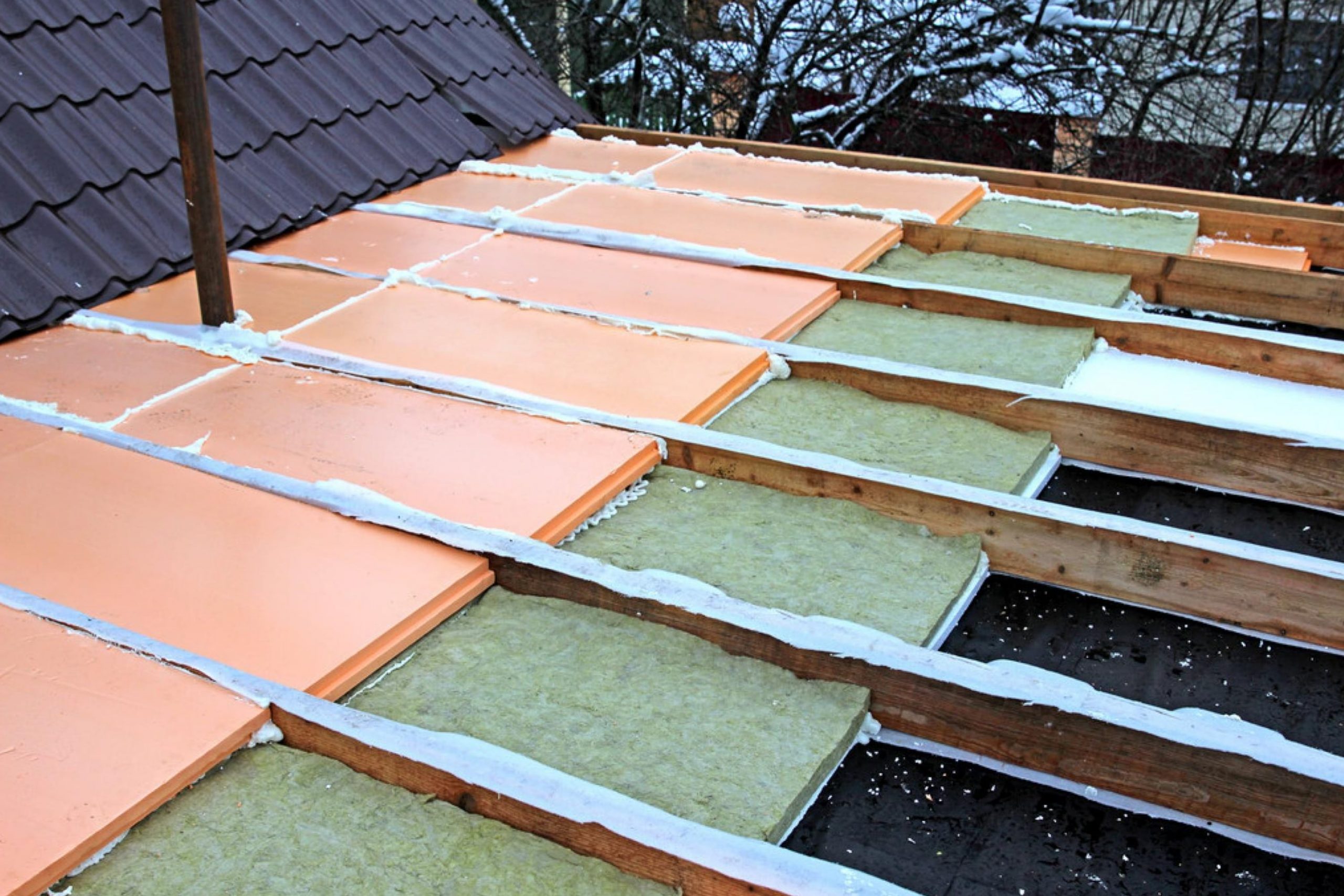
Kingan77 via VistaCreate
Lay Down Loose Walking Boards
This solution is way more efficient in comparison to the previous one, plus, it will not be that messy. The steps you need to take in this case are the following:
- Find a suitable set of wooden walking boards (planks would be the best option). In general, you might want to use 2×6-inch planks
- Make sure they are strong enough to hold your weight properly
- Lay the planks directly on the insulation. If the insulation is not thick enough, you may lose some of its efficiency
- You could also lay the planks on the joists, thus building a catwalk-like structure
Now you know how to walk in the attic with blown-in insulation and what to do to make your “trip” there safe both for you and for your insulation. Also, you are now aware of the benefits and downsides of this type of insulation.
Hopefully, this will allow you to decide whether blown-in insulation could be a suitable option for you.
How to Stay Safe While Working In the Attic?
It doesn’t matter whether you do your repair job on your own or you hire someone else to do it. In any case, safety should be your top priority.
As you definitely know, most attics are full of cables, wires, and pipes, which make this space potentially harmful for you to walk around. However, there can also be asbestos, especially in older houses, as well as potentially dangerous materials, insects, or high heat.
So before attempting to work in an attic, you need to check out some safety tips. If you hire someone to do it for yourself, you should make sure the attic is free of any hazards.
Below, there are some basic tips and precautions that you should consider before going into an attic or letting someone do that:

HoltarenkoAnhelinaBO via VistaCreate
Wear Suitable Clothes
Before entering an attic, put on the standard costume which is a pair of pants and gloves with a long sleeve shirt.
They will protect you from any irritation and insulation. Also, consider wearing a baseball cap or a hoodie to prevent any nails or scrapes from sticking through. A hard hat could also be a great solution!
Wear a Respirator
Wearing a respirator is a must. It should be enough to prevent something from getting into your lungs.
Respirators should protect you from dust, airborne fibers, and harmful objects that can be inhaled. You should also wear goggles or safety glasses to stop anything from going into your eyes.
Wear Appropriate Shoes
Most of the attics are full of electrical wires, plumbing, ductwork, and cross braces. So if possible, create a temporary platform to walk on or use walk boards to avoid stepping onto those things.

Bring a Light Source
Bring a flashlight and a work light with you. We recommend bringing a flashlight even if your attic has an adequate light source. With a flashlight, you can check the areas where light can not reach.
Do Not Disturb the Insulation
Never touch the insulation since it can stick to your clothes and move to your living space with you! Besides, the insulation will keep down the fibers, mold, dust, and dirt in the attic flooring.
But since you can’t always stay alert, consider vacuuming yourself off after you are back down from the attic.
If you spot tube, knob, cloth-covered wiring, old wiring, signs of animals, animals, or vermiculite insulation, leave it as it is. Do some research and bring an expert to get rid of these items.
Now you know all about not only walking in the attic with insulation but also about the blown-in insulation, its benefits and weak sides, and many more.
Now you know how to get ready for the visit to your attic, what to avoid and what not to do there, and also, how to protect yourself from being accidentally harmed.
Ever wished paint sampling was as easy as sticking a sticker? Guess what? Now it is! Discover Samplize's unique Peel & Stick samples. Get started now and say goodbye to the old messy way!
Get paint samples




Frequently Asked Questions
⭐How do I maneuver my attic with blown insulation?
If you have enough space in the attic, use a snow shovel, broom, or something to push it aside.
⭐Is blown-in attic insulation worth it?
You will definitely earn some benefit from installing blown insulation in the attic. It will increase the value of your house, decrease the cost of electricity bills, and make your house a more comfortable place.
⭐How much does it cost to insulate a 1500 square feet attic?
Proper attic insulation will cost you around 1-5$ per square foot. The cost does not involve the structural insulation panels installation price. To insulate a 1500 square feet attic, you might have to pay around $1500 to $7000.
8 thoughts on “How to Walk In Attic With Blown Insulation?”
Leave a Reply

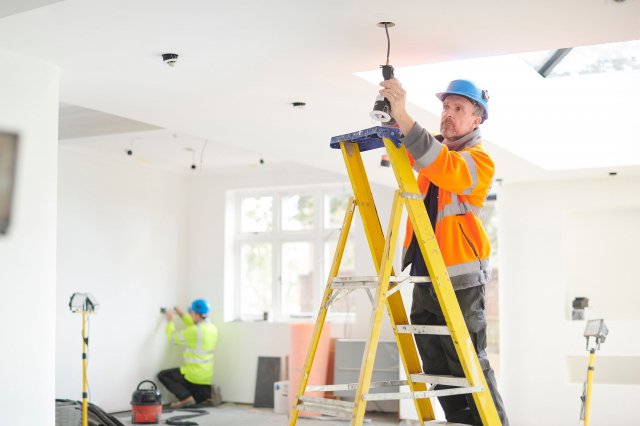

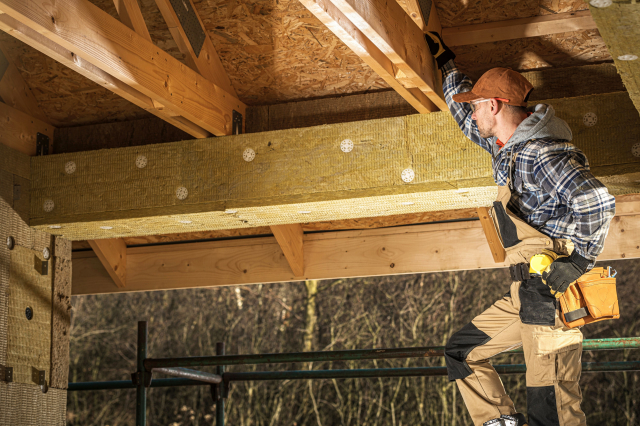




If my skin gets exposed to asbestos or gets in contact with asbestos fibers, can I wash asbestos off hands?
Hello. All exposed skin should be washed off to eliminate any contamination. So basically, you should wash your hands and then visit a doctor for examination.
I’m a bit shocked after reading this article. They haven’t removed this stuff from our homes yet! Is it possible there is still asbestos in the insulation?
Well, it can be there but not in any home, of course. Besides, although there are regulations that limit the use of asbestos, it can still be used in insulation today as long as it does not exceed 1%. Moreover, older homes, schools and other buildings may also have asbestos insulation.
My house gets very hot in summer so I decided to insulate the attic. Will it make my house cooler?
An insulating material does not let a house get too much hot air. In this way, it can work as air conditioning. But, the insulation reduces the air movement in the roof deck by air sealing. The air seal will not let the cool air leak. This reduces indoor air quality. This is called convection.
Should I remove old insulation before adding new insulation? This is the first time ‘lll be doing it, so I have no idea. Thaniks in advance!
As per the advice of the insulation specialist contractors, you should remove the old fiberglass insulation before the cellulose insulation installation. The removal of the existing insulation will reduce the damage caused by the rodent excrement, mold, or mildew in the ceiling joist or soffit vent.